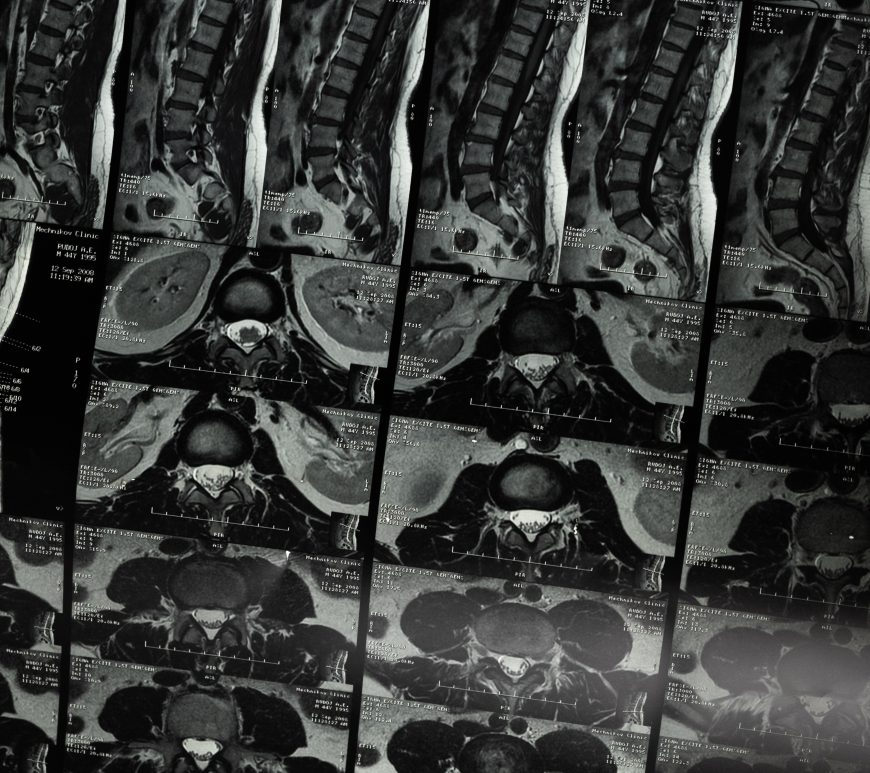
Anatomical explanation | Why are upper lumbar nerve roots less frequently affected by disc problems, while lower lumbar segments are more frequently involved?
The majority of symptomatic disc herniations are found at the lower two lumbar interspaces, that is, about 50% at L4–5 and 47% at L5-S1 (1). The remaining 3% are found at higher lumbar levels (1). A research study comparing patients with upper lumbar (L1–2 and L2–3) herniations to those with herniations at L3–4, L4–5, and L5-S1, showed that the patients with upper lumbar herniations had … Continue reading Anatomical explanation | Why are upper lumbar nerve roots less frequently affected by disc problems, while lower lumbar segments are more frequently involved?